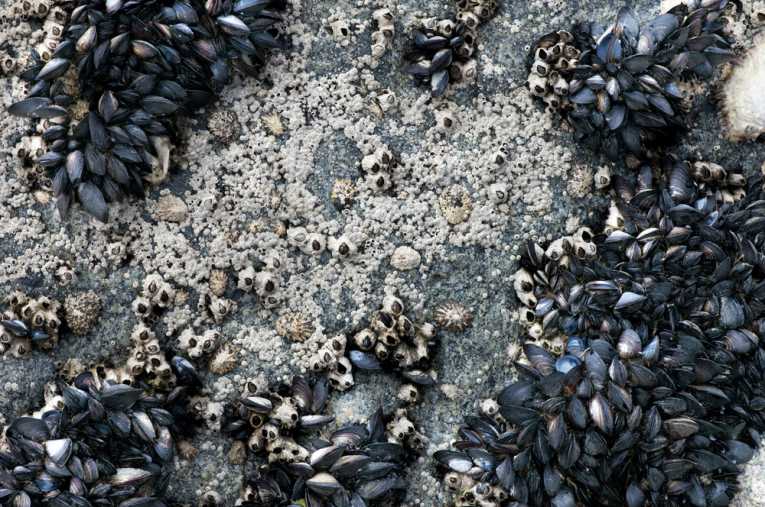When a sperm can find an unfertilised egg more easily, sexual selection and a host of other efficient systems improve! The effective size of the egg and recognition of its own species egg can be critical to a sperm used in external fertilisation, but internal fertilisation, as we know can be fraught with fertility issues.
In a cosmopolitan mussel such as Mytilus galloprovincialis, the blue mussel, the sperm need to fertilise eggs floating in the intertidal zones as efficiently as possible. The role of egg chemoattractants has not previously been considered, but the ubiquitousness of sperm chemotaxis (attraction to the egg by chemicals) means this is no less important. In the history of science, sperm chemoattraction has long been recorded in a large variety of species, including plants. "Broadcasting" (in a sort of fishing sense)marine invertebrates are excellent for observing sperm chemotaxis.
Remote chemical signals are essential to guide the male cell across the ocean to an unfertilised egg cell of the correct species. But do different females of the same species vary in their chemoattractiveness? This would enable selection to take place in a different way from simply selecting the "strongest" sperm. Jonathan Evans at al, including Oscar Robinson from Oxford University carried out the research at the University of Western Australia and published in the Proceedings of the Royal Society B: Biological Sciences. They must be congratulated on the potential effectiveness of their research on almost all taxa, including mammals such as Homo sapiens.

These sperm and egg could be being influenced by proteins on the egg membrane and the attractiveness of the egg to the sperm; Credit: Shutterstock
Gamete recognition proteins on the surface of the egg function as compatibility checks and it would seem sufficient that the egg membrane detects any irregularities in the sperm. Perhaps that is why this chemoattractant role in selction hasn't been previously investigated. Having confirmed that this Mytilus actually does use egg chemoattractants, the western Australian spawning season (August) was chosen in an estuarine population. The mussels were taken to Perth and maintained at 16oC until spawning was required when the temperature was raised to 30oC in 6cm of water.
When the sperm from a single male were added to the centre of the chamber, they could be detected at either of the well areas, because they had been concentrated or diluted to ensure there were enough to contribute to a result in the well areas. Some experiments had to be abandoned because the number of sperm influenced the result slightly. Fifteen blocks then were used to test for male and female effects at fertilisation on two males and two females. Results showed the sperm were five times more likely to swim to eggs rather than no eggs. This obvious result set the standard for sperm chemsensitivity. The female identity influenced the sperm choice showing conclusively that sperm could differentiate between different female's eggs. They regularly swam to the eggs of specific females. Sexual selection therefore takes place.
(a) when eggs allow sperm to fertilise them; and
(b) when sperm select the egg to fertilise!
This second finding is important in natural selection and not only in mussels and marine broadcasting invertebrates. Instead of simply increasing the chance of successful intraspecific mating, chemotactic movement is one of the supreme sexual selectors. By sampling the sperm on their way to the egg, the factors by which the egg influences fertilisation are removed. Now to find out what the mammal sperm does.










